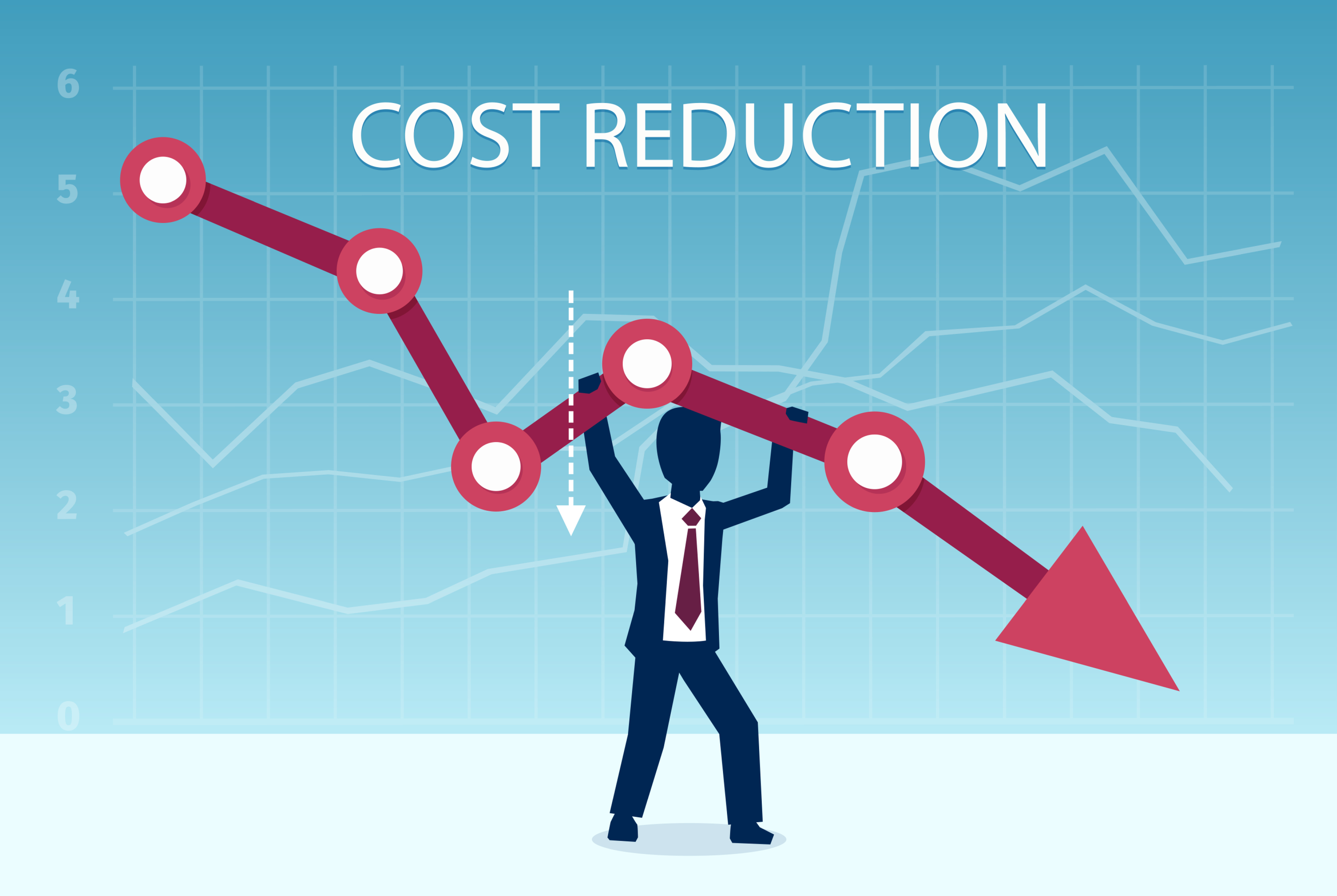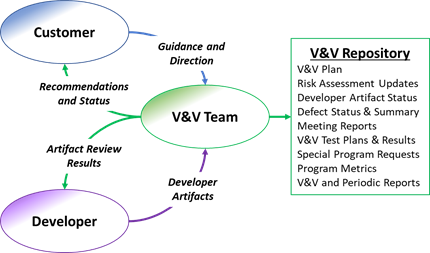INTRO
Verification and Validation (V&V) drives the developmental process for introducing the latest product. GreenDart understands efficiently applying V&V to assess the correct requirements, design, code, and test for an upcoming product is critical to successfully deploying new capabilities. Ensuring the product’s success is a factor of quality and capability assessments. Successful V&V employs V&V tools to optimize the V&V effort. Assessment tools are utilized throughout all development stages and are capable of supporting V&V efforts by providing co-verification, sim-modeling, software debugging, testing, code analysis, and test-verification.
APPROACH
Applying our V&V assessment tools library allows GreenDart to be versatile in its approach to reaching an optimal solution. GreenDart selects the appropriate V&V assessment tools for the different phases of development based on the unique assessment requirements of the program. In a system’s development cycle, its design can be divided into different stages of experimentation and refinement. For earlier stages of development, co-verification and sim-modeling tools and practices allows GreenDart to perform early design assessment and analyze failure effects on virtual prototypes. Subsequently, proper code analysis and software debugging tools are applied to provide diagnostics and generate actionable results for the latter phases of the development cycle. This enables GreenDart to identify system issues and to enforce compliance with industry standards. Furthermore, the importance of valid testing and test-verification is applied, which includes AI technology and unique visual test modeling mechanisms for faster test-creation and execution, while cost-efficiently analyzing any application or data.
BENEFITS





